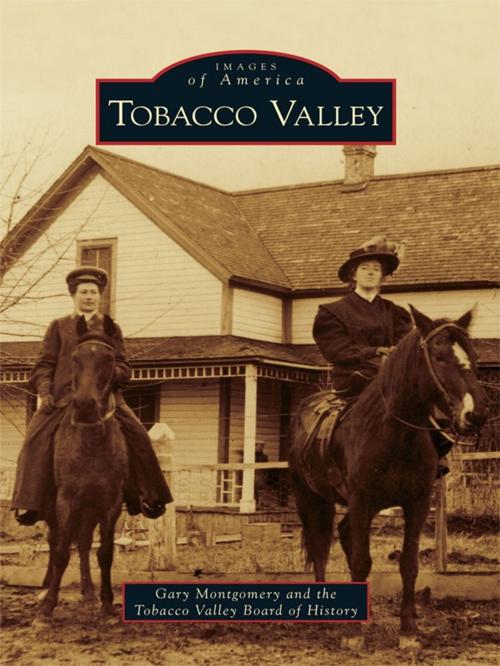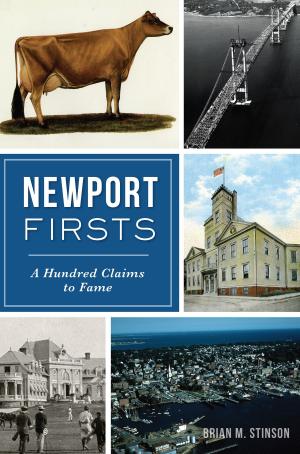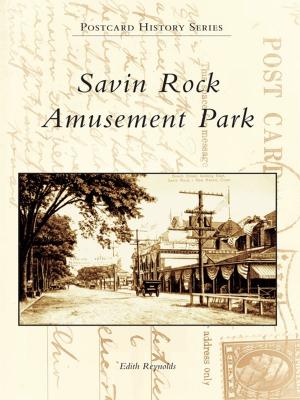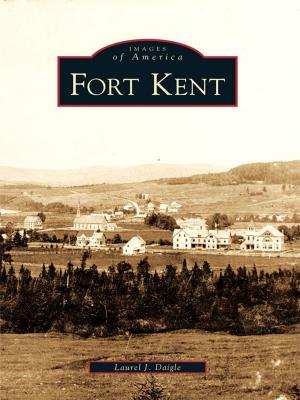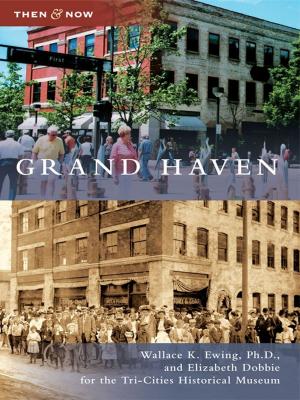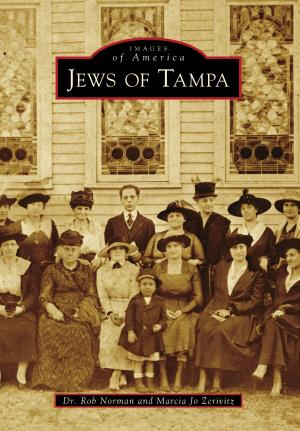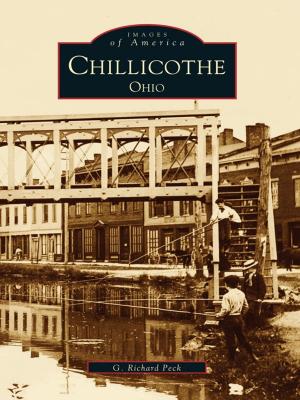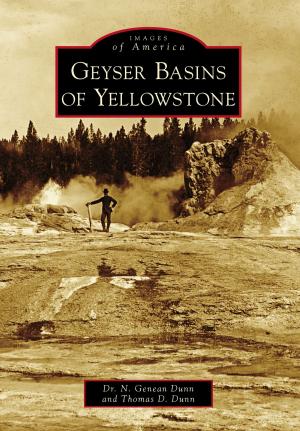| Author: | Gary Montgomery, Tobacco Valley Board of History | ISBN: | 9781439638255 |
| Publisher: | Arcadia Publishing Inc. | Publication: | September 21, 2009 |
| Imprint: | Arcadia Publishing | Language: | English |
| Author: | Gary Montgomery, Tobacco Valley Board of History |
| ISBN: | 9781439638255 |
| Publisher: | Arcadia Publishing Inc. |
| Publication: | September 21, 2009 |
| Imprint: | Arcadia Publishing |
| Language: | English |
The Tobacco Valley, in Montana�s far northwest corner, was so named by explorer David Thompson in 1808 upon finding the resident natives using a form of wild tobacco. The Kutenai Indians were the primary inhabitants until late in the 19th century when cattlemen found the isolated valley. By 1890, several ranching families moved cattle overland to fatten on pasture that heretofore knew only the track of a Kutenai Indian pony. Eureka came into being when the Great Northern Railroad was built through in 1904. With what seemed like limitless timber, a lumber mill was operating by 1906. The railroad brought in workers and entrepreneurs, hauling lumber out. Early on it was thought that farming might supplement the timber-based economy, but hopeful homesteaders soon learned that the Tobacco Valley would never deliver on the promise of fruits and vegetables. Harvesting timber would define the Tobacco Valley for decades to come.
The Tobacco Valley, in Montana�s far northwest corner, was so named by explorer David Thompson in 1808 upon finding the resident natives using a form of wild tobacco. The Kutenai Indians were the primary inhabitants until late in the 19th century when cattlemen found the isolated valley. By 1890, several ranching families moved cattle overland to fatten on pasture that heretofore knew only the track of a Kutenai Indian pony. Eureka came into being when the Great Northern Railroad was built through in 1904. With what seemed like limitless timber, a lumber mill was operating by 1906. The railroad brought in workers and entrepreneurs, hauling lumber out. Early on it was thought that farming might supplement the timber-based economy, but hopeful homesteaders soon learned that the Tobacco Valley would never deliver on the promise of fruits and vegetables. Harvesting timber would define the Tobacco Valley for decades to come.
